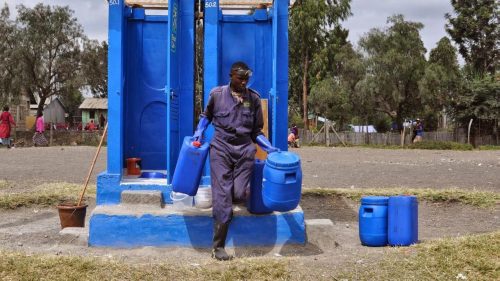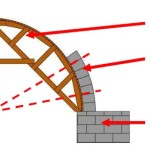“Shit can move on trucks.”
On the outskirts of Bangalore, India’s tech capital, an office doubles as a museum of the toilet. An exhibit in one room traces the history of sanitation, from ancient Mesopotamian sewers to Europe’s first flush toilets and the modern sewer systems built to process the waste they spurt out. Then, another exhibit turns to the global sanitation crisis — including a sculpture of naked babies representing the half-million children under 5 who die from diarrhea annually — and technologies to tackle it.
CDD Society, the nonprofit housing the display, wants Indians to think outside the sewer. It has built India’s first citywide fecal sludge treatment plant, which turns human excreta into compost with no electricity and no connection to an underground sewer…. The organization and India are only part of a growing trend across multiple developing countries, where governments, entrepreneurs and nonprofits are eschewing Western-style sewer systems that use vast piped networks to deliver waste to centralized treatment plants.
Instead, they are opting for decentralized approaches to treating poo and pee. Their models rely on trucks to transport waste to systems like septic tanks and latrine pits that use less water than sewers and recycle human waste. They are pitching themselves as the answer to the global sanitation crisis: 2.5 billion people, a third of the world’s population, lack access to a toilet, while an estimated 80 percent of human waste worldwide goes untreated.
Read more: Why Cities are Starting to Shun Sewers. Previously: Recycling animal and human dung is the key to sustainable farming.






